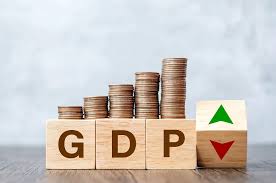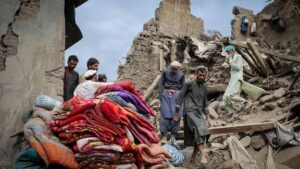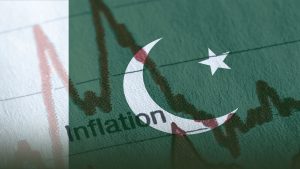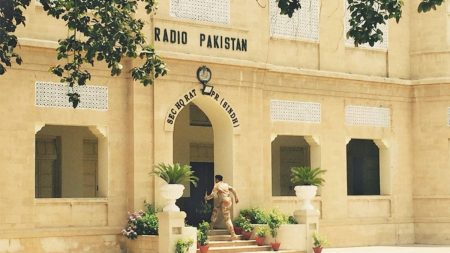Islamabad, Dec 30: Pakistan’s economy experienced a modest growth rate of 0.92% during the first quarter of the fiscal year 2024-25 (1QFY25), as reported by the Pakistan Bureau of Statistics (PBS). The figures paint a mixed picture of sectoral performance, with agriculture and services showing positive trends, while industry remained in contraction.
The total size of Pakistan’s economy is now estimated at Rs. 105.6 trillion (approximately USD 373.3 billion), with a per capita income of Rs. 472,263 (USD 1,669). However, these figures are subject to revision pending updated population projections based on the 2023 Census.
Agriculture grew by 1.15%, driven by a 4.89% increase in livestock production, supported by higher outputs and reduced input costs. Fishing and forestry posted modest gains of 0.82% and 0.78%, respectively. However, overall growth was dampened by a sharp 5.93% contraction in crop production.
Key crops such as cotton (-29.6%), maize (-15.6%), rice (-1.2%), and sugarcane (-2.2%) all recorded significant declines, primarily due to adverse conditions and reduced inputs like fertilizers and pesticides. Other crops saw a slight recovery, growing by 2.08% compared to a 2.08% decline during the same quarter last year.
The industrial sector contracted by 1.03%, a significant improvement compared to the 4.43% contraction in the corresponding period last year. However, specific subsectors continued to struggle. Oil (-19.8%) production leading the downturn. Registered a modest decline of 0.82%. Plummeted by 14.91%, primarily due to a 16.12% decrease in cement production, a key industry input. Grew slightly by 0.58%.
The services sector grew by 1.43%, driven by improvements in information and communication (5.09%), health (5.60%), and real estate (4.22%). Education also showed strong growth at 2.03%. Transportation and storage experienced a slight contraction (-0.07%), while public administration and social security declined by 4.49%.
The GDP growth estimate for FY2023-24 has been revised downward to 2.5% from the earlier projection of 2.52%. Key factors behind the revision include downward adjustments in agriculture, particularly forestry (-0.89%), and continued challenges in industrial output.
While agriculture and services provided some stability, challenges in industrial performance and crop production pose significant hurdles. Policymakers must address structural issues in key sectors to ensure sustainable economic growth in the coming quarters.









